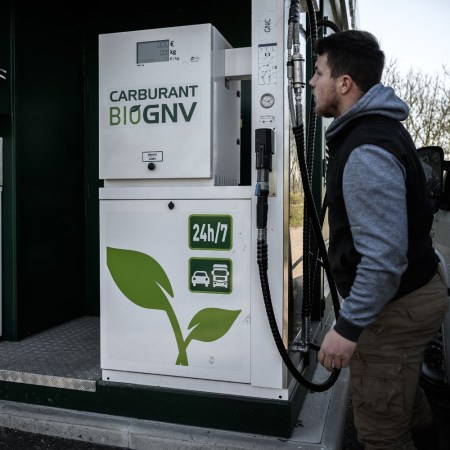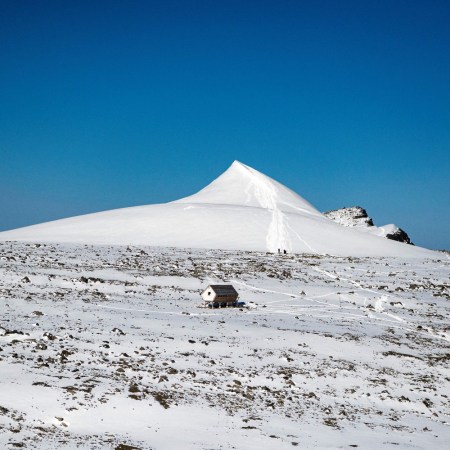When illustrating how royally f*cked our planet is, climate documentaries tend to employ the same slate of unsavory iconography: smokestacks, polluted rivers, disgusting landfills.
All present as disastrous and irreversible, in their own special ways. But the landfills are particularly upsetting. They’re not just eyesores, or gathering places for bizarre assortments of garbage — they’re active polluters, which send methane, carbon dioxide and nitrogen dioxide into the atmosphere as the trash degrades. (You know, like a smokestack.) Meanwhile, the toxic chemicals that landfills produce also have a nasty habit of reaching nearby farms and waterways. (Cue polluted rivers.)
As forsaken as landfill lands may seem, though, there is a way to temper their impact on the planet — and even rebrand them as agents for good. How so?
By turning them into “brightfields.” Once a landfill has reached its capacity for waste, it’s usually buried in soil. In urban planning-speak, this falls under the category of “brownfields,” or “any previously developed land that is not currently in use.” This land is usually too contaminated to be repurposed for residential or retail use. But the conversion of brownfields to brightfields is a creative, offbeat solution for making use of the land.
As brownfields have little vegetation to block them from the sun, they’re an excellent option for harnessing solar power. With the cost of solar panels plummeting, more American cities have started to install the renewable energy apparatuses on the abandoned land, as a way to power local communities and take back some of the emissions that the particular landfill spent years contributing to the ecosystem.
These newly formed brightfields are generally close to the electrical grid, as Freethink points out in a recent article (they had to be — the city was used to dumping its crap there all the time) and are located near low-income communities. That’s normally a cause for concern, but here, at least, that means those neighborhoods can finally have access to clean energy, plus an influx of potential jobs.
As Time reports, brightfield deals have soared in just the last five years. Some local governments, though, are wary of the extra expertise and attention it will take to build solar plants atop small mountains of plastics and rubbers. But what’s the alternative? Short of putting in a park — which does happen, from time to time, with abandoned landfills — should the lot just remain empty?
As of now, only 95,000 American homes are powered by brightfields. If every abandoned landfill was sourced for solar power, we could get that number up to 7.8 million. That’s an absolute no-brainer. Next time you’re on the couch watching a deeply depressing documentary, just know however bleak things may appear, not all land is lost.
Thanks for reading InsideHook. Sign up for our daily newsletter and be in the know.


















